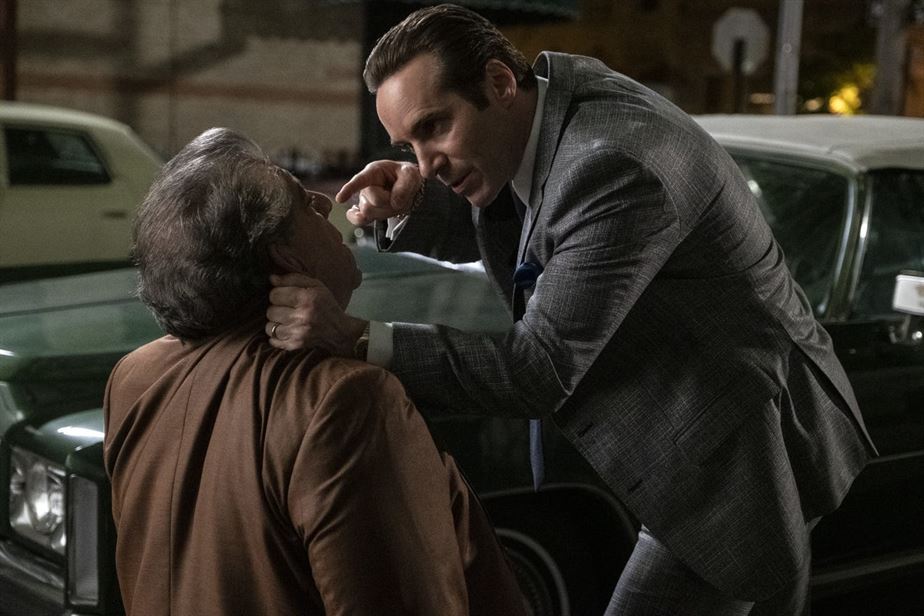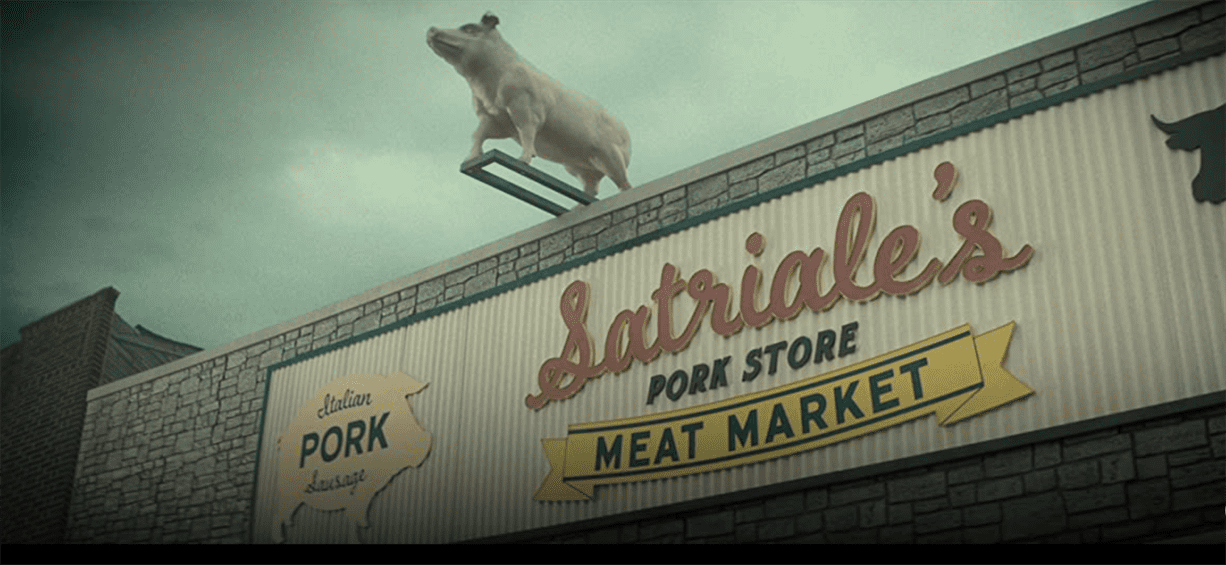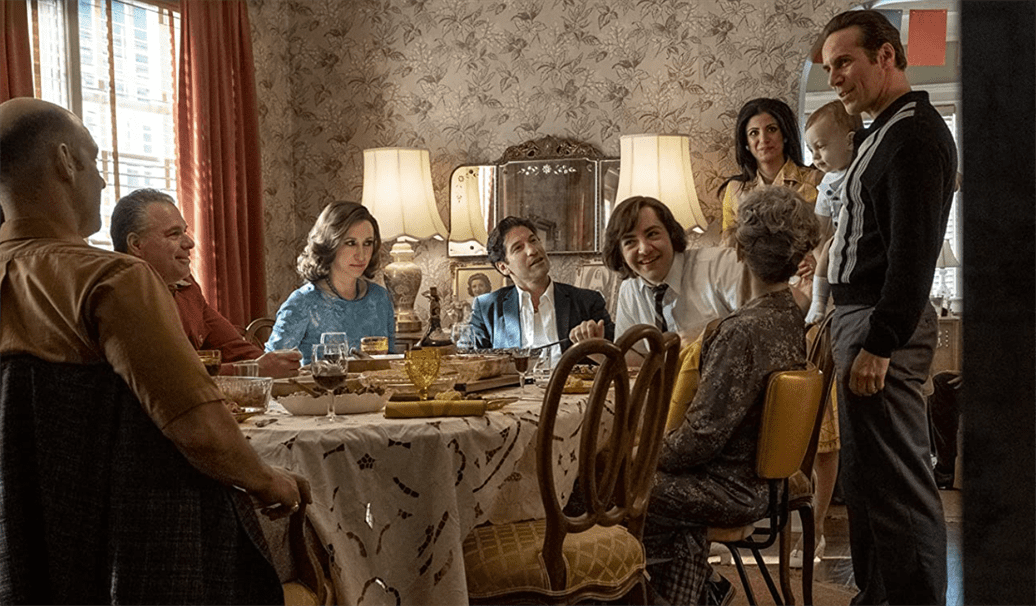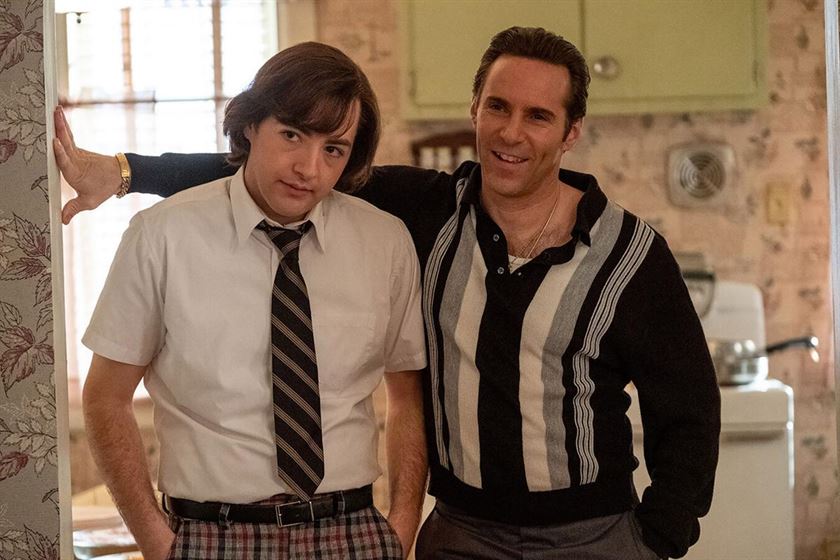David Chase, the creator of HBO’s critically acclaimed, award-winning show, “The Sopranos,” brings fans back to where it all started for the notorious Anthony ‘Tony’ Soprano in the prequel film, “The Many Saints of Newark.”
Taking place in the late 1960s and into the 1970s, Chase takes us into the early years of Tony (originally played by James Gandolfini) and showcases the influences and environment that shaped him into the feared mob boss fans of the show know him as. Growing up in Newark, New Jersey during the riots of 1967, Tony is on his way to becoming a man as his mob family faces rival gangsters in a race-torn city.
The film is packed with crime, violence and a lot of Italian-American slang, making an entertaining watch for both fans and those unfamiliar with the HBO series.
While the first half of the film keeps the audience at the edge of their seats, the story begins to plateau through the second act and falls short in the final act. The compelling build-up feels like it could lead to a satisfying conclusion, but instead, the ending is abrupt and anticlimactic.
In fact, the overall story does not feel very connected to the film’s tagline: “Who made Tony Soprano?”
Teenage Tony, portrayed by James Gandolfini’s son, Michael Gandolfini, looks up to his Uncle Dickie Moltisanti, played by Alessandro Nivola, who helps run the family business and personal business behind closed doors.

Alessandro Nivola stars as Dickie Moltisanti in “The Many Saints of Newark.”
Photo courtesy of HBO Max
The film implies that Uncle Dickie is the main influence in the making of Tony, but he is only really seen giving talks to young Tony about staying in school and not putting too much stress on his mother by acting out. All of the mafioso action done by Uncle Dickie is handled away from his nephew. He is never the direct cause or clear influence of Tony’s mischief, which he appears to do of his own volition.
Despite this, following Uncle Dickie’s story is a wild ride for viewers, and it does not disappoint.
The film’s period setting makes for a stellar set design that will excite natives of New Jersey, especially those located in the Northeastern region. “The Many Saints of Newark” pays tribute to settings from the original series while also offering a fresh look at the new setting.

Satriale’s Pork Store, an iconic Sopranos hangout spot, was shot in Paterson.
Photo courtesy of HBO Max
Holsten’s Ice Cream Shop, located in Bloomfield, New Jersey, made an appearance. The location is particularly special, as it was the final setting for the show’s famously ambiguous ending. Satriale’s Pork Store, an iconic Sopranos hangout spot, also made an appearance and was shot in Paterson, New Jersey.
The scenes in which the Newark riots of 1967 take place are especially captivating. To recreate this historic setting, which was mostly filmed in downtown Newark across two blocks of the city’s Branford Place, 60s era shops line the streets. After the riots happen, those same shops are later boarded up, have shattered windows or are vandalized with graffiti.
Playing over the riot scenes is audio of revolutionary poet Gil Scott-Heron’s “Your Soul and Mine.” The use of this poem’s recitation combined with the set design not only perfectly aligns with what is happening on the screen, but it encapsulates the events that occurred nationwide during the long, hot summer of 1967.
Another element of the film that viewers can find enjoyable is the characters’ dialogue. The way the slang was executed by the actors will surely put a smile on your face and even make you chuckle.

The Sopranos are a big family and have plenty of phrases used in most Italian-American households.
Photo courtesy of HBO Max
The Sopranos are a big family and have plenty of phrases used in most Italian-American households. Words such as “mannaggia,” which is said when someone is annoyed or frustrated, or “gagootz,” which is what Uncle Dickie regularly calls Tony, give the audience a feel of the ways of a typical Italian-American family in New Jersey or New York.
“The Many Saints of Newark” features a brilliant set design, stunning cinematography and exceptional performances by its cast. It is suitable for fans of the classic series, as well as newcomers, although they may miss a lot of the references and Easter eggs throughout the film. However, the story’s disconnect from the main point and abrupt conclusion may leave viewers dissatisfied and wanting more.



